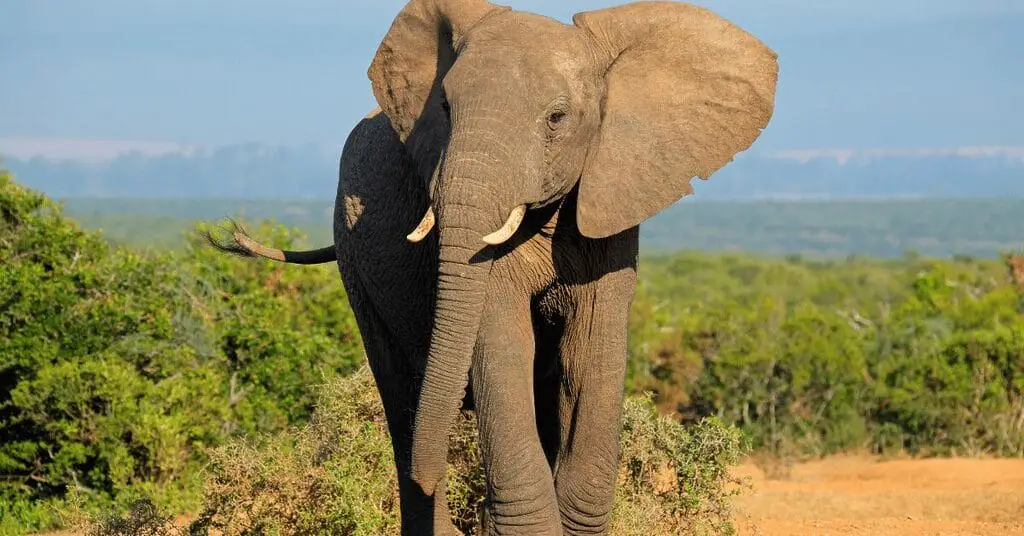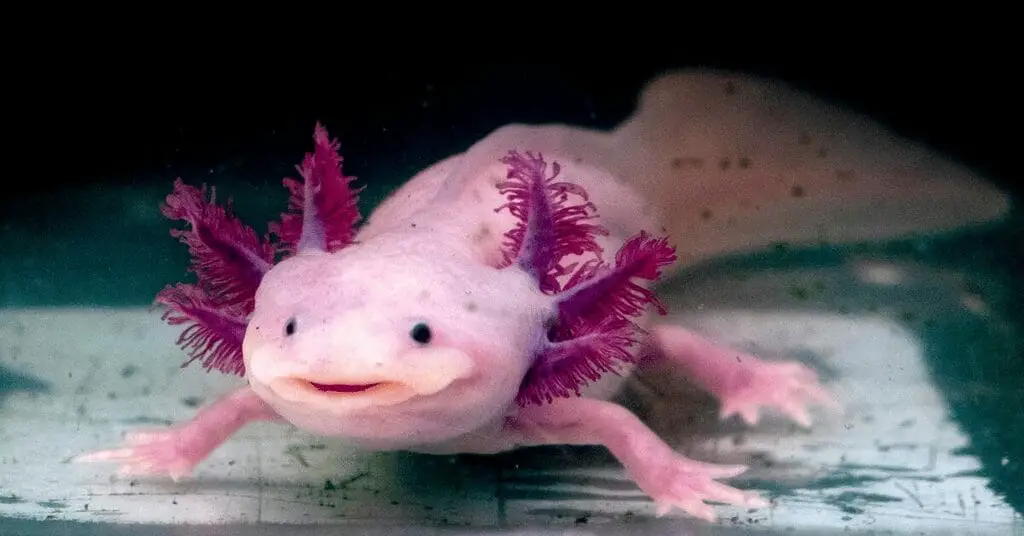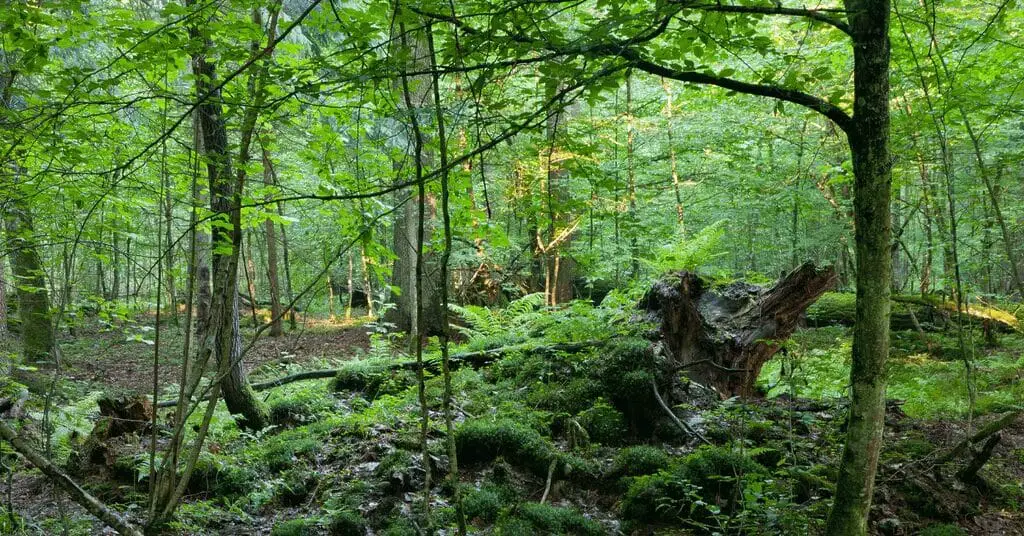Endangered animals are a growing concern worldwide, with countless species facing the threat of extinction. As animal lovers, it’s heartbreaking to imagine a world without these magnificent creatures roaming the Earth. But what exactly puts these animals at risk, and where can we still find them?
In this comprehensive guide, we’ll dive into the world of endangered animals, exploring the main causes behind their declining populations and the locations where they can still be found. From the mighty tigers to the curious axolotls, we’ll showcase some of the most iconic endangered species and their unique struggles.
Moreover, we’ll discuss the critical role of conservation efforts in protecting these animals and their habitats.
The Causes of Endangerment

Habitat loss and fragmentation stand out as a significant threat, as the destruction and division of natural habitats due to human activities like deforestation, urbanization, and agriculture leave animals with limited space and resources to thrive.
Poaching and illegal wildlife trade also play a significant role in pushing species to the brink of extinction. Many endangered animals, such as rhinoceroses, elephants, and pangolins, are targeted for their valuable body parts, fueling a ruthless black market trade.
The illegal wildlife trade affects numerous species, with some of the most heavily impacted being tigers, rhinoceroses, elephants, pangolins, and sea turtles.
Climate change is another significant threat, altering ecosystems and forcing animals to adapt to shifting temperatures and weather patterns. As a result, many species struggle to cope with these rapid changes, leading to population declines and increased risk of extinction.
Additionally, human-wildlife conflict arises when animals and humans compete for the same resources or space. As human populations expand and encroach on wildlife habitats, incidents of conflict, such as crop raiding, livestock predation, and even direct attacks on humans, become more frequent, often resulting in the persecution of the animals involved.
Endangered Species Spotlight
From well-known animals like tigers to lesser-known ones like axolotls, we’ll explain why their numbers are getting smaller and where they can still be found.
Tigers: Majestic Hunters on the Brink
Tigers, the largest members of the cat family, are endangered due to a combination of habitat loss, poaching, and human-wildlife conflict. These magnificent creatures once roamed vast stretches of Asia, but their populations have been fragmented and isolated due to rapid deforestation and human encroachment.
Poaching for their valuable pelts, bones, and other body parts, which are used in traditional medicine and as status symbols, has also taken a heavy toll on tiger populations. With fewer than 4,500 tigers remaining in the wild, these iconic predators are in desperate need of protection and conservation efforts to ensure their survival.
Gorillas: Gentle Giants in Peril
Gorillas, our close cousins in the animal kingdom, are endangered primarily due to habitat loss, poaching, and disease. These intelligent and social primates are found in the forests of central and western Africa, where they play a vital role in maintaining the ecosystem.
However, as forests are cleared for agriculture, logging, and mining, gorillas are losing their homes and food sources. Poaching for bushmeat and the illegal wildlife trade also threatens gorilla populations, particularly the critically endangered mountain gorillas, of which only a few hundred remain in the wild.
Conservation efforts, including habitat protection, anti-poaching patrols, and community engagement, are crucial to safeguarding these gentle giants.
Axolotls: Aquatic Wonders on the Edge of Extinction

Axolotls, unique amphibians found only in the waterways of Mexico City, are endangered due to habitat loss, pollution, and the introduction of non-native predators. These fascinating creatures, known for their ability to regenerate lost body parts, have been pushed to the brink of extinction in the wild.
As the wetlands they call home are drained and polluted, axolotls are struggling to survive. Captive breeding programs and efforts to restore and protect their remaining habitat are essential to prevent these aquatic wonders from disappearing forever.
Wolves: Threatened Predators Making a Comeback
Wolves, once widely feared and hunted to near-extinction, have made a remarkable comeback in some areas thanks to dedicated conservation efforts. However, many wolf populations remain endangered or threatened, facing ongoing challenges such as habitat loss, human-wildlife conflict, and legal hunting.
In North America, gray wolves have been reintroduced to parts of their former range, but they still face opposition from some groups who view them as a threat to livestock and game animals.
Continued protection, education, and conflict mitigation strategies are necessary to ensure the long-term survival of these iconic predators.
Sloths: Slow-Moving Specialists Facing Habitat Loss
Sloths, the slow-moving, tree-dwelling mammals of Central and South America, are not currently classified as endangered as a whole. However, some sloth species, such as the pygmy three-toed sloth, are facing significant threats due to habitat loss and fragmentation.
As forests are cleared for agriculture and development, sloths are losing the trees they depend on for food, shelter, and movement. These specialized animals are particularly vulnerable to changes in their environment, as they have a low metabolic rate and limited ability to adapt to new conditions.
Conservation efforts focused on protecting and restoring sloth habitats are critical to ensuring the survival of these unique creatures.
Maned Wolves: Unique Canids in Need of Protection
Maned wolves, unique canids found in the grasslands and scrub forests of South America, are considered a near-threatened species. These long-legged, fox-like animals face threats such as habitat loss, hunting, and road mortality.
As their natural habitats are converted to agricultural land and urban areas, maned wolves are losing the space they need to roam and hunt.
They are also sometimes targeted by hunters who view them as a threat to livestock or a source of traditional medicine. Conservation efforts, including habitat protection, community education, and research into their ecology and behavior, are essential to safeguard the future of these unique canids.
Kangaroos: Iconic Marsupials with Species at Risk
Kangaroos, the iconic marsupials of Australia, are not currently considered endangered as a whole. However, some kangaroo species, such as the tree kangaroos of Australia and New Guinea, are facing significant threats due to habitat loss and hunting.
Tree kangaroos, adapted to life in the treetops of tropical rainforests, are particularly vulnerable to deforestation and fragmentation of their habitat. They are also hunted for their meat and fur, which puts additional pressure on their populations.
Conservation efforts, including habitat protection, anti-poaching measures, and community-based conservation programs, are crucial to ensure the survival of these unique and fascinating marsupials.
Locations of Endangered Animals

Endangered animals live in lots of different places – you can find them on every continent and in every ocean. Some animals, like tigers and gorillas, only live in certain areas, while others, like sea turtles and whales, can be found in many parts of the world.
But sadly, a lot of these animals are stuck living in small, broken-up areas because of things humans have done, like cutting down forests, building cities, and changing the climate.
In the United States, there are a few special places where you’re more likely to see endangered animals. One of these is the Florida Everglades, which is home to cool animals like the Florida panther, American crocodile, and West Indian manatee.
Another place is the Pacific Northwest, where you can find the northern spotted owl, marbled murrelet, and Pacific salmon, all of which are endangered.
If you go to Hawaii, you’ll see a bunch of endangered animals that live nowhere else in the world, like the Hawaiian monk seal, the Maui parrotbill, and the Kauai cave wolf spider. And in the Southwest part of the US, you might be lucky enough to spot a Mexican gray wolf, a black-footed ferret, or even a jaguar!
One more area with a lot of endangered species is the Appalachian Mountains. Here, you can find the Virginia big-eared bat, the red-cockaded woodpecker, and the spruce-fir moss spider, all of which are at risk of disappearing forever.
It’s really important to remember that even though these places are known for their endangered animals, we need to be careful not to disturb them or their homes when we go to see them. We should follow the rules and try our best not to make things harder for them.
Conservation Efforts
Conservation is essential for the survival of endangered animals. Without active efforts to protect them, many species could face extinction. Conservation efforts involve a range of strategies, from protecting natural habitats to breeding animals in captivity.
One key aspect of conservation is the establishment of protected areas and wildlife reserves. These are special places where endangered animals can live and breed without being disturbed by human activities. By setting aside land and water for wildlife, we can help ensure that endangered species have a safe place to call home.
Another important conservation tool is zoo breeding programs. These programs involve breeding endangered animals in zoos or other facilities, with the goal of releasing their offspring back into the wild. Captive breeding can help boost populations of endangered species and provide a safety net in case wild populations continue to decline.
International agreements and legislation also play a vital role in protecting endangered species. Treaties like the Convention on International Trade in Endangered Species (CITES) help regulate the trade of endangered animals and their parts, making it harder for poachers to sell illegal wildlife products.
National laws, such as the Endangered Species Act in the United States, provide additional protections and resources for conservation efforts.
Wildlife organizations and zoos are also important players in the fight to save endangered species. These organizations often work on the front lines of conservation, carrying out research, monitoring populations, and engaging in hands-on protection efforts.
How You Can Help

While conservation organizations, governments, and wildlife experts are leading the charge in protecting endangered species, there are many ways that individuals like you can contribute to these critical efforts.
One of the most effective ways to help is by supporting conservation organizations. These groups are dedicated to protecting endangered animals and their habitats, and they rely on donations and volunteers to carry out their important work.
By making a financial contribution or volunteering your time, you can directly support conservation projects and make a real difference for endangered species.
Making eco-friendly consumer choices is another important way to contribute to conservation efforts. By choosing products that are sustainably sourced and avoiding those that contribute to habitat destruction or pollution, you can help create a market for environmentally responsible goods and services.
For example, you can look for products certified by the Forest Stewardship Council or the Marine Stewardship Council, which ensure that they are sourced in a way that minimizes harm to wildlife and habitats.
Additionally, spreading awareness about the plight of endangered animals is a critical way to help. Many people are unaware of the challenges facing these species or what they can do to help.
By sharing information about endangered animals with your friends, family, and community, you can help build support for conservation efforts and inspire others to take action.
Conclusion
Protecting endangered animals is a critical issue that requires the attention and action of people around the world. Throughout this article, we’ve explored the various threats facing endangered species, from habitat loss and poaching to climate change and human-wildlife conflict.
We’ve also highlighted the incredible diversity of endangered animals, from iconic species like tigers and gorillas to lesser-known creatures like axolotls and maned wolves.
We’ve seen that endangered animals can be found all around the world, from the rainforests of South America to the mountains of Asia, and that the United States is home to many important populations of endangered species.
We’ve also learned about the various conservation efforts underway to protect these animals, from creating protected areas and wildlife reserves to breeding animals in captivity and enforcing international agreements and legislation.
But perhaps most importantly, we’ve seen that each and every one of us has a role to play in protecting endangered animals. Whether it’s by supporting conservation organizations, reducing our carbon footprint, making eco-friendly consumer choices, or simply spreading awareness about the plight of these species, we all have the power to make a difference.

